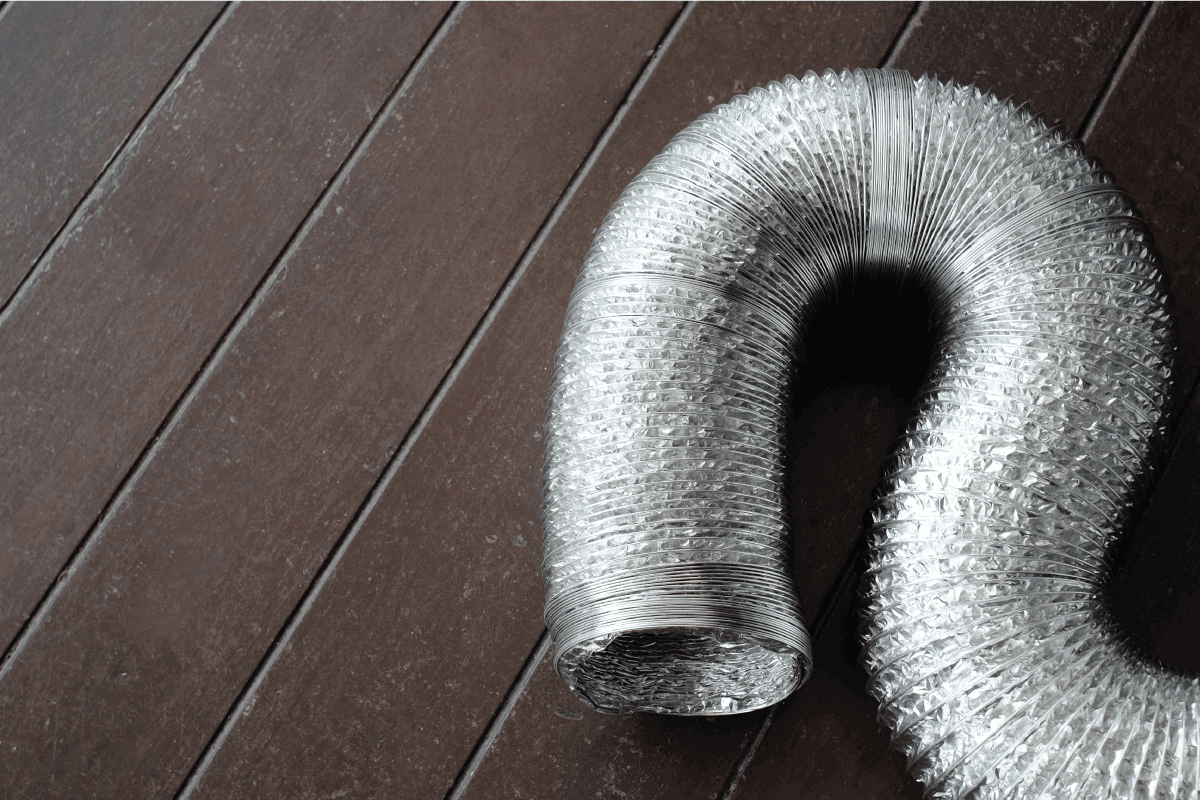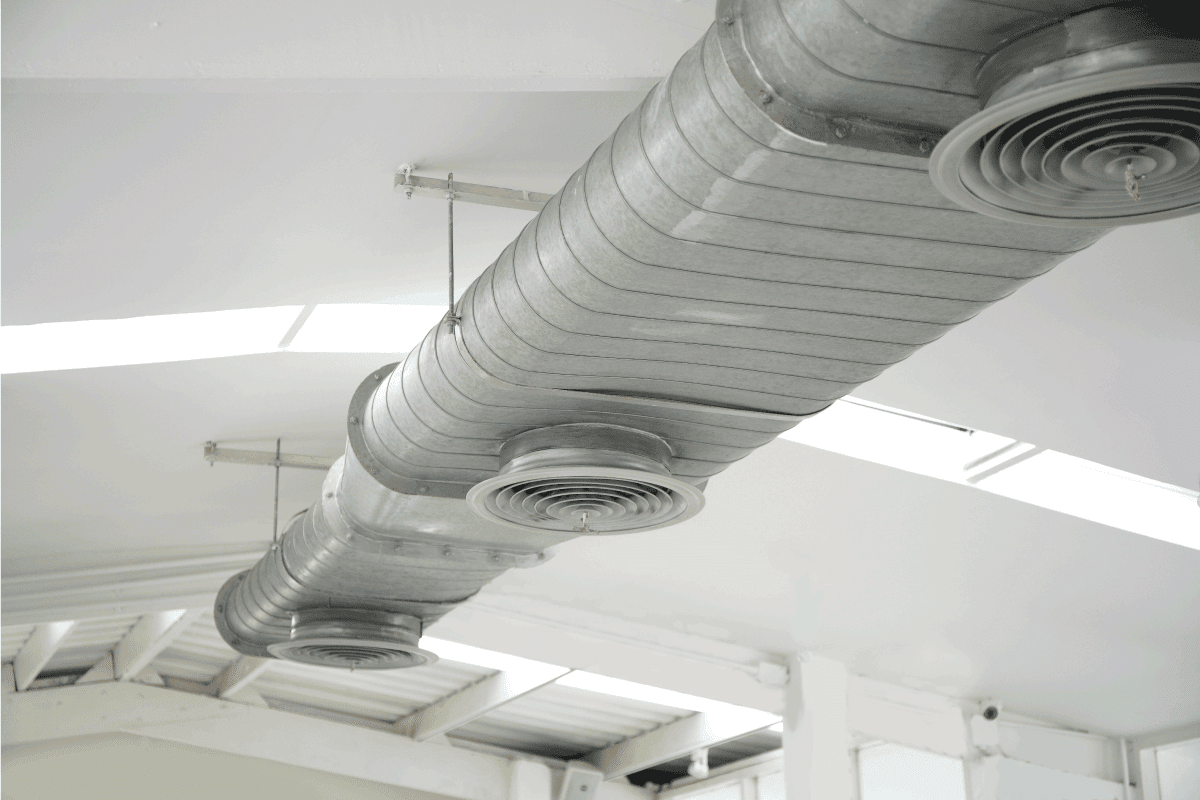Central air conditioners serve one major purpose: to cool your home. But at some point, you may want to replace your central AC with a mini-split system. You might wonder if the mini-split can use existing ductwork. Luckily, we have researched this topic, and here is what we found.
Yes, a mini split can use existing ductwork. However, the ductwork should be of adequate size and capacity to enhance air distribution.
Before using existing ductwork for a mini split, you need to make sure it isn't too long. This is because mini splits usually have low fan static pressure. Keep reading to get detailed information about connecting a mini split to existing ductwork.
Can A Mini Split Use Existing Ductwork?
A mini split can utilize existing ductwork. But before you begin the installation, you will need to have all the necessary equipment. You can also consult a technician about any conversions.
Since a mini split can heat and cool a space, it can be installed as a central air conditioning system. The ductless wall-mounted equipment, zonal capabilities, and the capacity to cool and heat a particular space are the most recognizable features of mini-split technology.
You can use this technology to create zones on different levels of your home or in specific rooms. You will find that you save more money on utility bills. Thanks to mini-split systems, unoccupied sections can be shut off or set to a different temperature.

Why Use Existing Ductwork?
It can be nerve-wracking to consider replacing your whole heating and cooling system. But don't let this discourage you. Picking a system that utilizes your current ductwork will save you money on new products and installation.
Mini-split systems are a popular energy option for newly built homes, but they can also be retrofitted into older houses without installing new ductwork.
New mini-split systems feature functional components rated for different climate ranges, even frigid ones, making them a good alternative to conventional AC systems.
Mini-split systems use refrigerant pumped through pipes to small indoor units for heating and cooling. The inside heat is absorbed by the refrigerant and sent to an outdoor unit, where it is released.
In contrast to conventional units, mini-split systems are built with inverters, which allow the compressor to rapidly modify the amount of electricity utilized and the amount of refrigerant that is moved to and from the inside units.
How Do I Connect A Mini Split To Existing Ductwork?
You can follow the steps below to connect a mini-split to existing ductwork. Before you start, you should consult your owner's manual. It can be helpful during the process.
Check For Compatibility
The size of your unit needs to be compatible with the length of your ductwork. The air conditioner won't work effectively if it is too small. On the other hand, if it's too big, there could be a problem with airflow.
Also, you have to ensure that the mini split can be connected to the ductwork. You can use the adapter to simplify the operation, although not all models have an adapter.
Additionally, you should make sure that your system can manage the airflow that is coming from the ductwork. The vast majority of units should have no trouble carrying out this task. However, it is important to take note of this.
Connect The Mini Split To The Ductwork
The first step is to mount the air handler on the wall. Then attach the condenser outside to the indoor air handler. After that, you can attach the ductwork to the air handler.
Next, fix the integrated controls. This step is optional, so you may be able to skip it. When everything is set, test the system by supplying power.
Many factors, such as the building's design, position, and amount of insulation, may necessitate a specialized approach to achieving optimal comfort.
Finding the proper system for your home is best accomplished with the guidance of a professional. A trained HVAC technician can determine the number of BTUs your space needs. You can save a lot of time by hiring a professional to do the task for you.

How Do I Tap A Mini Split Into An Existing Flex Ductwork?
You can heat or cool an entire home by tapping a mini split into existing ductwork, especially if your ductwork system is big or oversized.
To tap existing ducts, you need to find out where the existing ducts are located. Performing a visual assessment of the crawl space or attic is the best way to do this. Otherwise, you can contact a professional HVAC specialist to do the tapping for you.
To tap a ducted mini split into preexisting flexible ductwork, you will need to use a rectangular or round duct adapter on the mini split's supply outlet. Use adhesive to attach the new piece of flexible duct to the circular duct adapter after cutting it to the right length.
Once everything is in place, use a steel band to ensure it stays together. You can also use duct tape or a cable tie to secure the connection.
If you have many flexible duct outlets from a single mini-split unit, you should get a supply air plenum box tailored to your specific requirements and equipped with the appropriate number of round adapters.
Make sure you control the airflow in each flexible duct to achieve a satisfactory level of heating and cooling across the space.
How Long Can Flex Ductwork Last?
Ductwork may have a lifespan of approximately 10-15 years, on average. It is constructed using distinct materials, including plastic and fiberglass, in various combinations. Over time, these materials can degrade and become less effective.
Throughout the optimum years of the system, the most important thing is to ensure that the duct system maintains the correct airflow and temperatures from the equipment.
Try to perform routine maintenance on your unit. If you notice problems as soon as they arise, you have a higher chance of preventing further damage. Also, you can save money on your energy bill and avoid expensive repairs or replacements.
If you notice mold or mildew on the ducts, you should clean them. Whenever you hear strange noises inside, you should call a professional to detect the cause. It is always a good idea to check the grilles, vents, and register of your system.

How Much Does It Cost To Add A Mini Split To Existing Ductwork?
Since no new ductwork or extra labor is required, installing a mini-split will be relatively inexpensive. Installation of a mini split air conditioner typically ranges from $2,000 to $14,500.
You should anticipate spending roughly $3,000 on a standard 12,000 BTU system, though this can vary greatly.

Compared to the average cost of installing central air conditioning, installing a mini split could result in considerable savings. It is important to note that a mini-split system requires more than one part to be installed.
As a result, the price to install a mini-split air conditioner varies based on several factors, including the size of the unit, the labor involved, the number of zones, the system's manufacturer, and the SEER rating.

To Wrap Up
If you want to use existing ductwork for your mini split, it is okay to do so as long as the ductwork is of adequate size and capacity for air distribution. Because a mini split is a heating and cooling system, it can be installed as a central air conditioning system.
Before connecting a mini split to existing ductwork, always check for compatibility. You can consult a professional if you cannot connect your mini split to the existing ductwork. This will also save you a lot of time.
If you enjoyed reading this post, here are similar articles you may like:
How To Install Mini Split Ceiling Cassette [Step By Step Guide]
Condensation On Ductwork Between Floors – What To Do?
How Much Does It Cost To Install Central Air With No Existing Ductwork?
